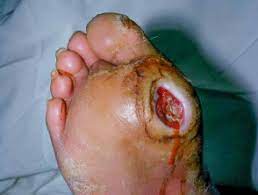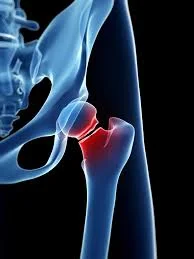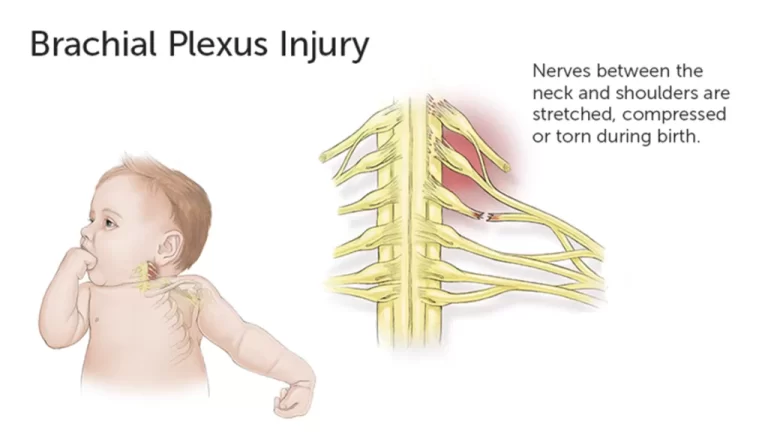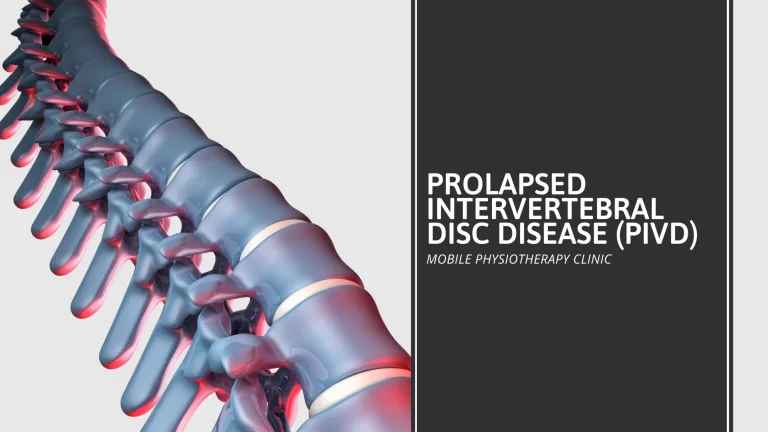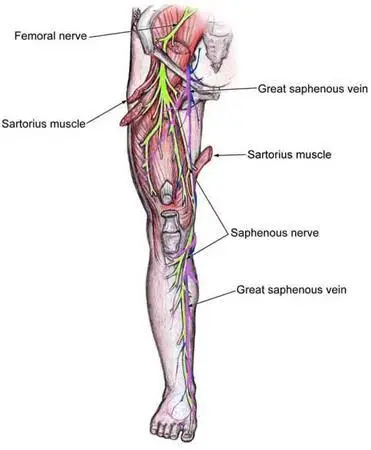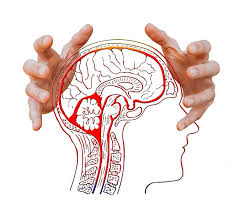Diabetes Foot: Cause, Symptoms, Treatment, Prevention
Table of Contents
Definition Of Diabetic foot:
- A diabetic foot is one of the most significant complications of diabetes and is defined as a foot affected by an ulcer that is associated with neuropathy or peripheral arterial disease of the leg in diabetic patients.
Causes of diabetes foot:
- poor quality shoes
- poor hygiene
- alcohol consumption
- improper trimming of toenails
- eye disease from diabetes
- kidney disease
- heart disease
- obesity
Symptoms of diabetes foot:
The following are the most common Clinical features of diabetes foot:
- Changes in skin color
- Changes in skin temperature
- Swelling in the foot or ankle
- Pain in the legs
- Open sores on the feet that are slow to heal or are draining
- Ingrown toenails or toenails infected with fungus
- Corns or calluses
- Dry cracks in the skin, especially around the heel
Signs of trouble:
- Contact your doctor if you have the following problem
- Ingrown toenails
- Blisters
- on the soles of your feet presents plantar warts
- Athlete’s foot
- An open sore or bleeding
- Swelling
- Redness
- Warmth in one area
- Pain
- Discolored skin
- A foul odor
- ulcer
- A sore that doesn’t heal quickly
- deep ulcer, you can see the bone underneath
Assessment and diagnosis in Diabetes Foot:
- Neurological foot testing: Touch by cold and heat, pinprick sensation, ankle reflexes, and vibration using a tuning fork
- Foot shape: prominent metatarsal heads/claw toes, hallux valgus, muscle Atrophy, or Charcot deformity;
- Dermatological: callus, erythema, corn
Multidisciplinary team:
- The management of complex diabetic foot complications requires the involvement of various members comprising the specialist team in order to provide comprehensive management of multiple aspects of diabetes care.
- diabetologist
- podiatrist
- microbiologist
- nurse
- orthopedic surgeon
- vascular surgeon
- Wound dressings
- Dressings provide external protection and barrier to external forces and contaminants while promoting the absorption of exudate around the ulcer area. There are a variety of dressing types available along with increasingly advanced methods of promoting wound healing Despite further advancements in wound dressing, moist dressings are more effective than ‘dry’ dressings or vice versa.
Treatment of diabetic foot ulcers:
Glycaemic control
- intensive glycaemic control delays the onset and slows the progression of diabetic retinopathy, nephropathy patients with insulin-dependent diabetes mellitus. intensive glycaemic control must also be accompanied by cautious monitoring as tighter control of glycaemic state could lead to profound hypoglycemia. A meta-analysis of the effect of intense glycaemic control on diabetic neuropathy demonstrated a significantly reduced risk of developing clinical neuropathy with better glycaemic control, especially in diabetes mellitus Type 1.
Pharmacological therapy
- duloxetine and pregabalin used for pain control. Significant atherosclerotic risk factors should be addressed to reduce the risk of the development of concurrent peripheral vascular disease or critical limb ischemia.
- smoking cessation and use of pharmacological aids such as nicotine replacement and statins irrespective of cholesterol levels and antiplatelet drugs.
- In the case of diabetic foot ulcers with infection antibiotic medicine is used after the culture report. The duration of treatment is two weeks to two months depending on the severity of the underlying infection.
Improving vascularisation
- Revascularisation of critical legs which is ischaemic results in increased perfusion after the procedure which in turn is associated with a further reduced amputation rate.
Debridement
- Repeated sheer pressure on the diabetic foot results in the formation of callus. The removal of necrotic and hyperkeratotic tissue either in the form of superficial ulcer debridement or selective sharp debridement promotes good wound healing. Deep wounds, specifically wounds with bone and soft tissue involvement, require more aggressive debridement with some surgery.
Wound dressings
- Dressings provide external protection and barrier to external forces and contaminants while promoting the absorption of exudate around the ulcer area. There are a variety of dressing types available along with increasingly advanced methods of promoting wound healing Despite further advancements in wound dressing, moist dressings are more effective than ‘dry’ dressings or vice versa.
Negative pressure wound therapy
- negative pressure wound therapy is another increasingly common method used in the treatment of diabetic foot ulcers primarily involving the removal of wound fluid through a sealed vacuum.
Maggot therapy
- The use of maggot therapy primarily functions by removing necrotic tissue leaving healthy granulation tissue on the wound bed.
Amputation:
Level of Foot Amputation:
- According to the area of ulcer in the diabetic foot, we can amputate the foot in different levels:
- Toe Amputation or Disarticulation
- Metatarsal phalangeal disarticulation
- Transmetatarsal Amputation
- Lisfranc Amputation
- Chopart Amputation
- Syme Amputation
- Boyd’s Amputation
Toe Amputation: Toe Amputation is the removal of the toe from the body due to infection or gangrene.
Causes Toe Amputation: Vascular Disease, Diabetes, Trauma and Frost Bite
Metatarsal phalangeal disarticulation:
In Metatarsal phalangeal disarticulation, Disarticulation did at the metatarsal phalangeal joint.
Transmetatarsal Amputation:
Removal of the metatarsal from the foot is a transmetatarsal Amputation.
Lisfranc Amputation:
Lisfranc Amputation is the removal of the foot at the tarsometatarsal joint.
Chopart Amputation:
Chopart Amputation is a level of amputation at midfoot or forefoot.
Syme Amputation:
In this amputation the level of the ankle joint in which the heel pad is preserved.
Boyd’s Amputation:
Boyd amputation refers to amputation at the level of the ankle with preservation of the calcaneus and heel pad and consequent fixation of the calcaneus to the tibia
Physiotherapy Treatment:
- Psychological counseling
- Active exercise of nonoperative limb like Hip Flexion, Extention, Abduction, Adduction, Internal Rotation, External Rotation
- Knee Flexion, Extention And Ankle Dorsiflexion, Plantarflexion, Inversion, Eversion
- Active Assisted exercise of hip and knee(Amputated limb)
- For edema treatment: Bandaging, Foot ElevationStrengthening exercise of Hamstring, Quadriceps, Calf And Tibialis Anterior muscle of bilateral lower limb.
Prosthesis For Foot Amputation:
- Structural prosthetic feet can be divided into two types of groups: (non-articulated) those with a rigid connection to the prosthetic shank and (articulated) those with a hinged ankle mechanism.
- By the function, prosthetic feet can be divided into the following groups
- Solid Ankle Cushioned Heel (SACH)
- Elastic (flexible) Keel Foot
- Single-Axis Foot
- Multi-Axis Foot
- Dynamic-Response Foot
- Microprocessor Foot

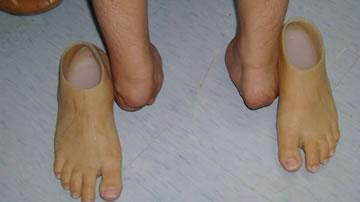

Diabetic Foot Complications:
- Distal sensorimotor peripheral neuropathy
- Autonomic neuropathy
- PAD
- Deformity: Clawing of the toes is common, Charcot deformities and hallux valgus.
- Age, sex, and duration of diabetes
- Repetitive minor trauma. Some trauma can occur from an improperly fitting shoe or a foreign body inside a shoe.
- Past foot ulceration or amputation
Prevention of Diabetes Foot :
- Prevention of diabetic foot includes the maintenance of blood glucose levels; identification and screening of people at high risk for diabetic foot ulceration, especially those who have painless neuropathy; and patient education for foot self-examination and knowledge regarding foot care. Teach patients to inspect their feet for hyperkeratosis, fungal infection, and any skin lesions. adequate footwear is important as repeated injury from tight shoes can be a triggering factor especially when a patient has peripheral neuropathy.
- manage your blood glucose Closely, as your chances of diabetes complications remain; less when your blood sugar is stable. You can prevent foot problems by:
- every day wash your feet
- trimmed toenails adequately, but not too short
- changing your socks frequently
- keep your feet dry
- wearing proper-fitting shoes
- your doctor may recommend you to wear specially designed shoes for diabetic patients to prevent ulcers from returning.

